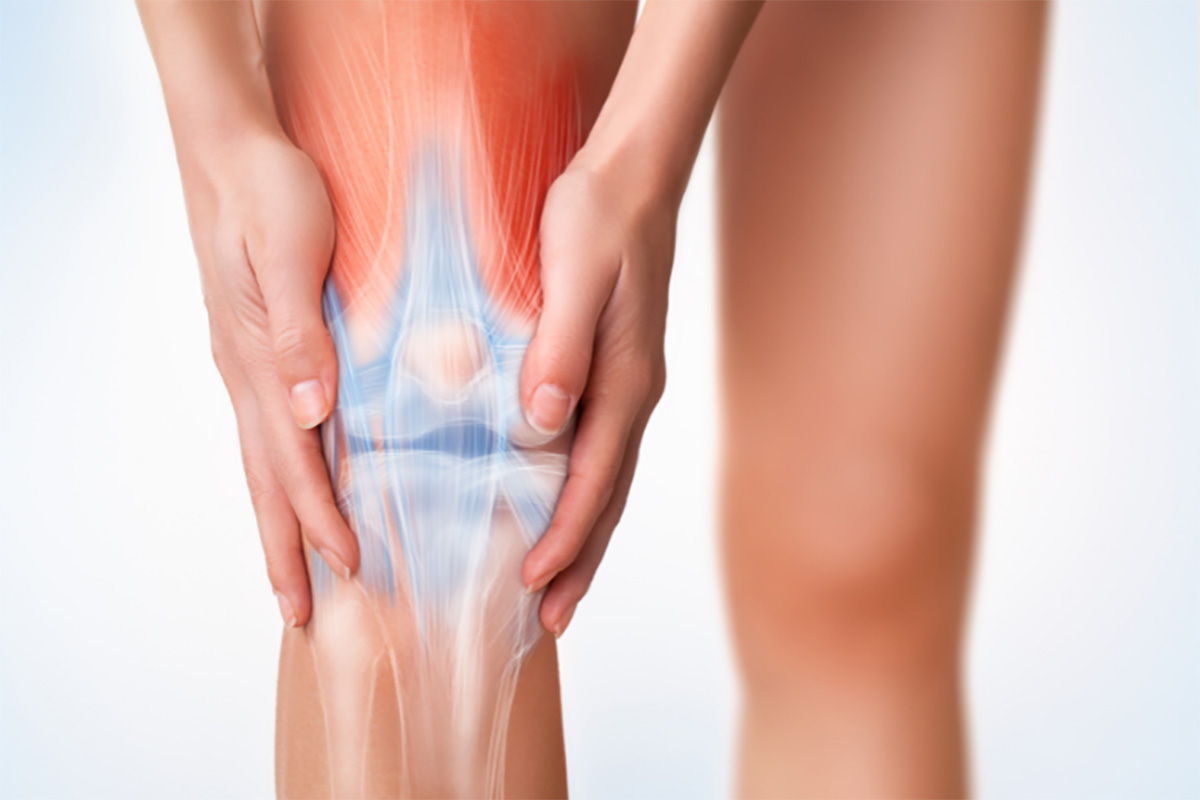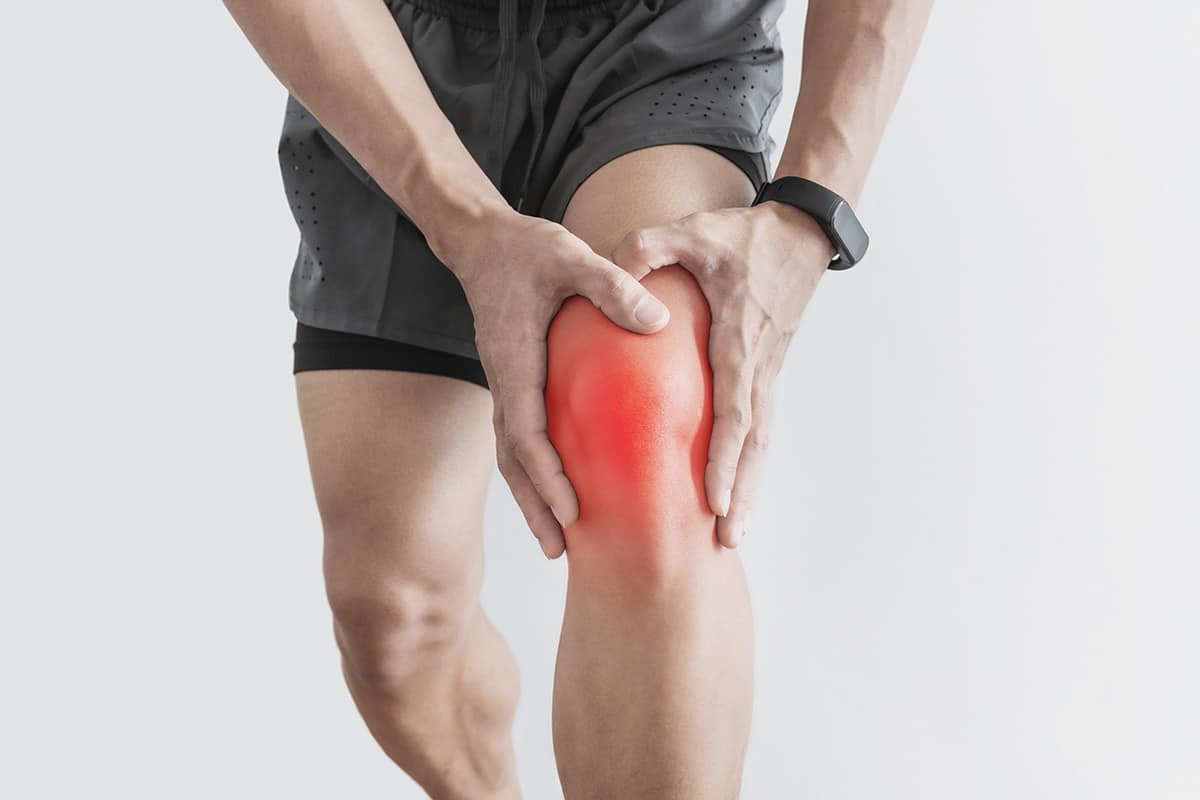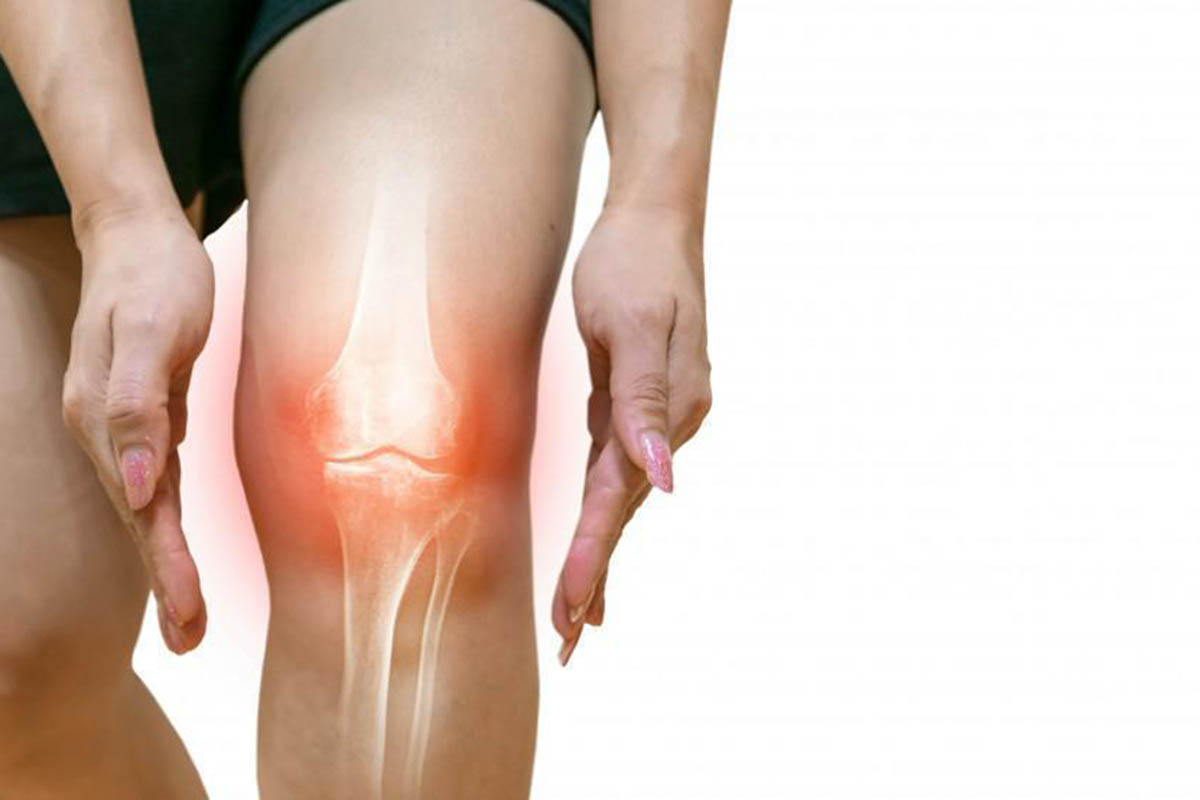Knee injuries are a significant concern for individuals of all ages and activity levels. Whether you’re an athlete pushing your limits, an active individual maintaining a healthy lifestyle, or simply going about your daily routine, a knee injury can unexpectedly disrupt your quality of life. Understanding the risk factors and gaining insight into the symptoms, causes, and treatment alternatives for knee injuries is essential for proper management and successful recovery. At Revival Physical Therapy in Minneapolis-St. Paul, we’re dedicated to helping you navigate these issues and regain your optimal knee function.
Brief Overview of Knee Injuries
Knee injuries rank among the most frequently occurring musculoskeletal injuries, especially in sports and high-impact activities. Over the first five periods, the average annual rate of ACL injuries surged by 25.9%, reaching 7.3 injuries per 100,000 athlete exposures. Currently, ACL injuries account for over 14% of all knee-related injuries. In 41% of all sports injuries, a notable proportion involves the anterior cruciate ligament (ACL). These injuries can range from minor strains to severe diseases or fractures. Medical conditions such as coronary artery disease can also impact the recovery process. Early diagnosis and intervention are essential to prevent long-term damage and ensure a swift recovery.
Common Symptoms of Knee Injuries
Knee injuries can present with various knee injury symptoms, each indicating a different severity and type of injury. Recognizing these symptoms early, such as knee swelling and shortness of breath, can lead to more effective treatment and recovery.
- General Knee Pain: General pain is one of the most common knee injury symptoms. This pain can vary in intensity from a dull ache to sharp, acute discomfort. It often results from inflammation, strain, or damage to the knee structures. Abdominal pain or other chronic kidney disease symptoms may also coincide with knee injuries in some cases.
- Swelling or Stiffness: Swelling is a common response to knee injuries, particularly if there is internal bleeding or inflammation. Hyperflexion knee injury symptoms may also include stiffness, making it difficult to move the knee through its full range of motion.
- Instability or Weakness: A feeling of instability or weakness in the knee can indicate significant damage, such as a torn ligament. This sensation may cause difficulty in walking or standing and can be accompanied by a sense of the knee “giving out.”
- Popping or Crunching Noises: A popping or crunching noise may suggest damage to the cartilage or meniscus when moving the knee. These sounds are often associated with specific injuries and can help diagnose the problem.
- Inability to Fully Straighten the Knee: Injuries can sometimes prevent the knee from fully straightening. This limitation in range of motion is often due to swelling, pain, or physical damage to the knee’s structures.
Common Causes of Knee Injuries

Knowing the knee pain causes is crucial for effective prevention and treatment. Below are some prevalent factors that contribute to such injuries, including human activities and environmental factors:
- Ligament Injuries (e.g., ACL, PCL): Ligament injuries are among the most common and severe knee injuries. The ACL (anterior cruciate ligament) and PCL (posterior cruciate ligament) are crucial for stabilizing the knee. Tears or sprains in these ligaments often result from sudden, high-impact movements or twists. Collateral ligaments can also be affected.
- Meniscus Tears: The meniscus is a cartilage that provides cushioning and stability to the knee joint. Tears in the meniscus can occur from acute trauma or degenerative changes, leading to pain and functional limitations.
- Tendonitis and Overuse Injuries: Tendonitis results from the overuse or repetitive stress of the tendons around the knee, such as the patellar tendon. This condition causes pain and swelling and is common among athletes and individuals with physically demanding jobs.
- Knee Dislocation: A knee dislocation is a rare but severe injury where the knee bones are forced out of alignment. This type of injury requires immediate medical attention due to the risk of damage to blood vessels and nerves.
- Arthritis: Chronic knee pain causes include arthritis, such as osteoarthritis and rheumatoid arthritis, which can lead to persistent knee pain and stiffness. This condition involves inflammation of the joint and can gradually worsen over time.
When to See a Doctor
It’s essential to recognize when a knee injury necessitates immediate medical care. Key indicators include severe pain that persists despite rest, significant knee swelling or bruising, an inability to bear weight on the affected leg, and any noticeable deformity in the knee. Additionally, seeking professional evaluation is critical if your symptoms continue to worsen or do not improve with self-care efforts. Conditions such as severe illness or depressive disorder may also impact the urgency of seeking care. Timely intervention can prevent further damage and promote a more effective recovery process.
How Knee Injuries Are Diagnosed
Diagnosing a knee injury typically involves a detailed physical exam supplemented by imaging tests for a thorough assessment. From 1999 to 2008, approximately 6,664,324 knee injuries were documented in U.S. emergency departments, equating to a rate of 2.29 injuries per 1,000 individuals. The highest incidence was found among those aged 15 to 24, with a rate of 3.83, while the lowest occurred in children under five, registering at 0.55. This comprehensive diagnostic approach enables healthcare providers to determine the type and severity of the injury accurately.
- Physical Examination: A healthcare provider will perform a physical examination to assess pain, swelling, range of motion, and stability. They may also perform specific tests to evaluate the knee ligaments and cartilage function.
- Imaging Tests: Imaging tests, such as X-rays and MRIs, provide detailed views of the knee’s internal structures. X-rays can reveal bone fractures or dislocations, while MRIs offer insights into soft tissue injuries like ligament tears or meniscus damage.
Treatment Options for Knee Injuries
The severity and the specific type of injury determine the treatment plan for knee injuries. Typical treatment approaches encompass a range of options, including the RICE Method (rest, ice packs, compression, and elevation), physical therapy, medications, and sometimes surgical intervention.
- Rest, Ice, Compression, and Elevation (RICE Method): The RICE method is a standard initial treatment for many knee injuries. Resting the knee, applying ice packs to reduce swelling, using compression bandages, and elevating the leg can help manage symptoms and promote healing. Conservative treatments are often effective in managing initial symptoms.
- Physical Therapy and Exercises: Physical therapy plays a crucial role in recovery by strengthening the muscles around the knee, improving flexibility, and restoring function. Customized exercise programs can help you regain strength and mobility. Incorporating exercises tailored to individual risk factors and expert opinion can optimize outcomes.
- Surgical Interventions (If Necessary): Surgical intervention may be required in severe injuries, such as torn ligaments or complex fractures. Procedures like ACL reconstruction or meniscal tear repair can restore knee function and stability. In some cases, conventional oxygen therapy might be considered part of the recovery process.
Prevention of Knee Injuries

Proactive strategies that promote overall strength and health are essential to prevent knee injuries. Engaging in regular exercise, maintaining a healthy weight, and using proper techniques during physical activities can significantly reduce the risk of injury. Health conditions like substance use disorders and mental health conditions should also be managed to support overall well-being.
- Strengthening Muscles Around the Knee: Regular exercises that strengthen the quadriceps, hamstrings, and calf muscles can provide better support and reduce the risk of injuries. Proper exercise routines should consider environmental factors and individual risk factors.
- Stretching: Incorporate stretching exercises to improve flexibility and prevent stiffness.
- Using Proper Technique During Sports: Employ correct techniques and protective gear to minimize the risk of injury during physical activities. Awareness of risk factors related to heart diseases and high blood pressure can also be beneficial.
Conclusion
Knee injuries can significantly impact your daily life and physical activities, but understanding the symptoms, causes, and treatment options can help you manage and recover effectively at Revival Physical Therapy and Wellness in Minneapolis-St. Paul, we’re committed to providing comprehensive physical therapy services to address knee injuries and promote optimal recovery. If you experience knee pain or suspect an injury, especially with symptoms like severe illness or shortness of breath, don’t hesitate to seek professional help to ensure a swift and effective recovery.
FAQs
How can I tell if my knee pain is serious enough to see a doctor?
If your knee pain is severe, persistent, or accompanied by swelling, instability, or an inability to bear weight, it’s essential to consult a healthcare provider. These signs may indicate a more serious injury or chronic kidney disease that requires professional evaluation and treatment.
What are the best treatment options for knee injuries?
Treatment options vary depending on the severity of the injury. They may include the RICE method for initial care, physical therapy to strengthen and rehabilitate the knee, and possibly surgical interventions for more severe injuries. Treatment guidelines from healthcare providers will help determine the best approach for your situation.
How long will a knee injury take to heal?
The healing time for a knee injury depends on its type and severity. Minor injuries may improve within a few weeks, while more severe injuries could take several months or longer. Adherence to a personalized treatment plan and rehabilitation exercises, considering clinical outcomes and moderate quality of the treatment, can help expedite recovery.


